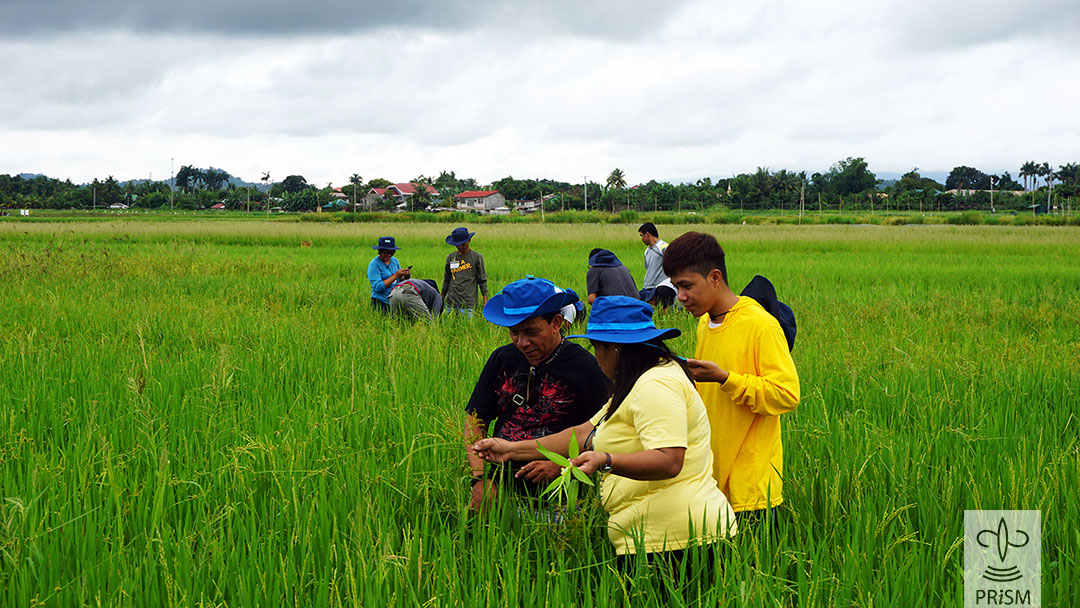LOS BAÑOS, Philippines—Agricultural extension workers are crucial in disseminating information and providing recommendations to increase the productivity of Filipino rice farmers. To enhance their skills, more than 120 of them from all regions of the country attended a workshop to prepare for widening the coverage of a monitoring and information system for sustaining stable rice production.
The Crop Health Training Workshop, held at the headquarters of the International Rice Research Institute (IRRI) in two batches in September, was conducted by the Philippine Rice Information System (PRISM), a project funded by the Department of Agriculture (DA). The participants learned more about identifying and managing rice diseases, animal pests, and weeds. It also included how PRISM’s protocol for crop health assessment and characterization of production situations can be effectively introduced in farmers’ fields.
“With the involvement of extension workers, it is easier to tap more people as we expand our monitoring sites,” said Ulysses Duque, a crop protection expert from the Philippine Rice Research Institute (PhilRice). PRISM has been monitoring 1,060 fields throughout the country since the second semester of 2016.
“Our role is to be agents of change by extending good technologies to farmers to increase their productivity,” said Jurevey Lagaras, an agricultural technologist from Region XI. “This training refreshed our knowledge in identifying and managing rice pests. If we cannot determine what rice disease or insect pests are present, we will not be able to provide farmers with the correct recommendations,”
“Being part of this national project is the first step to reach our common goal, which is to provide food self-sufficiency in the country,” said Vincent Jun Caminero, a municipal agriculturist from Region XI.
PRISM is a collaborative project among the DA, PhilRice, IRRI, and sarmap. It integrates data from remote sensing, crop modeling, and smartphone-based surveys to deliver accurate, timely, and actionable information about rice crop seasonality, area, yield, flood and drought damage, and crop health.
PRISM’s regional and national data are available at philippinericeinfo.ph








